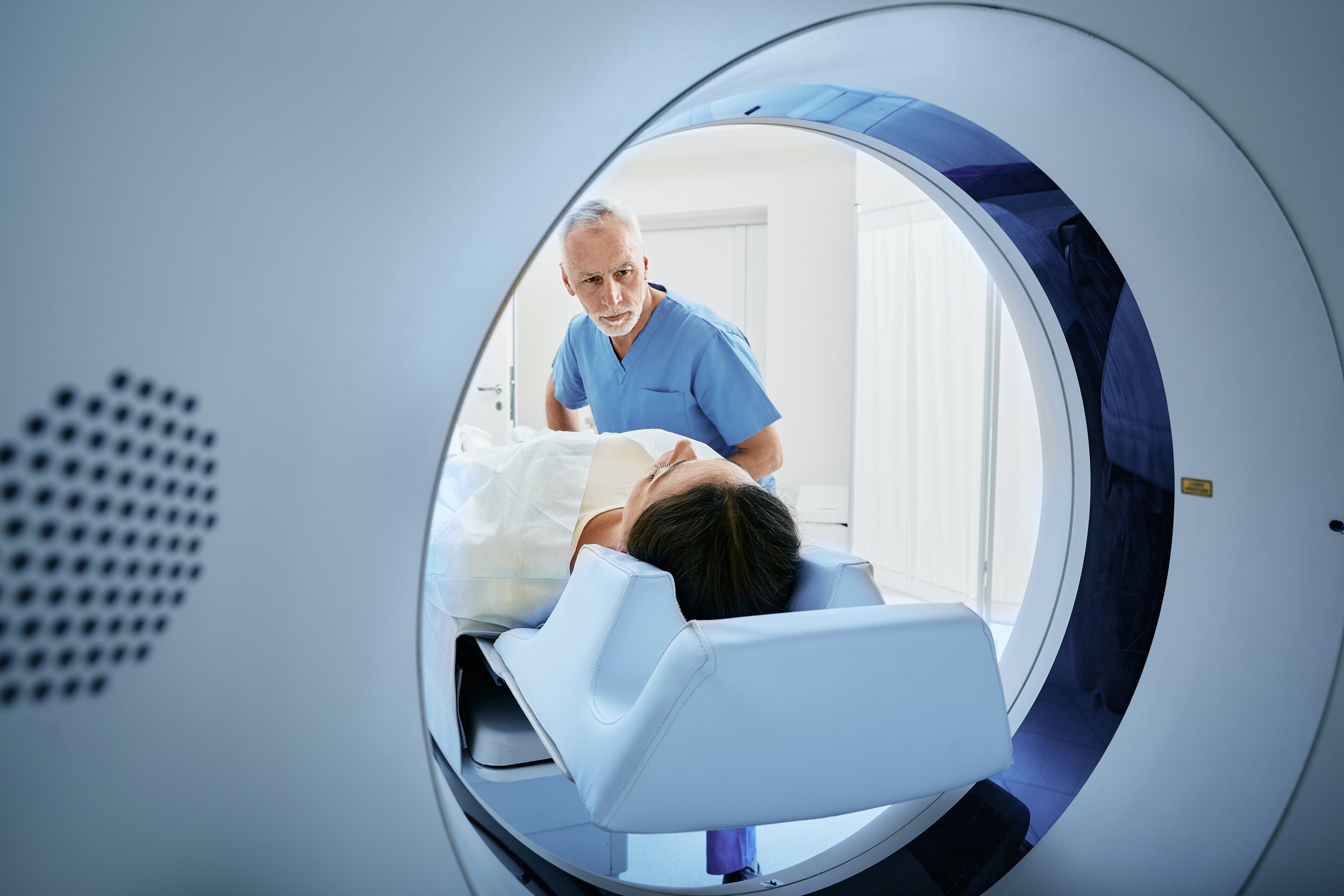Migraine Myth of the Month: If your headaches are becoming worse, different or both... you need an MRI scan!
/To address this myth it helps to have evaluated thousands of migraine patients over a period of three decades, to have followed many of those patients for years and, ultimately, to have migraine myself. What do you learn if you hit this trifecta? Unlike the proverbial leopard, migraine is forever likely to change its spots.
Many patients with long-standing migraine eventually decide to seek medical attention when their migraine burden has increased to the point that it is significantly impacting their quality of life in a negative manner. Understandably, it seems to them obvious that there must be something “wrong with my brain” and that a brain imaging study is clearly indicated to exclude…what, exactly? A tumor? An aneurysm? A parasitic worm eating your brain? I don’t know, they might answer, but whatever it might be, some type of structural abnormality simply has to be present for me to be experiencing such miserably incapacitating attacks of headache and various other unpleasant symptoms.
What these patients do not understand is that the time required to obtain an informed history consistent with migraine and to perform a neurologic examination requires far more skill, experience and time than simply clicking on the computer screen to order yet another brain MRI scan...a brain MRI scan which almost inevitably is almost certain to demonstrate a normal brain or, worse, an “incidentaloma” entirely unrelated to the patient’s headaches and rarely of any clinical significance but destined to cause the patient unnecessary anxiety.
Much of this issue is dedicated to that variant of migraine, chronic migraine, which accounts for such a disproportionate amount of the physical and emotional suffering, decline in quality of life and financial cost associated with migraine generally. Each year about 1 in 50 patients with episodic migraine experiences “transformation” of their migraine to this chronic variant, thus experiencing 15 or more days of headache per month. Some will remain stuck in the swamp of chronic migraine for years. Others will oscillate between episodic and chronic migraine on what sometimes may be as often as a month-to-month basis.
At times it’s clear what produces this transformation – a change in hormonal status (such as pregnancy, delivery, incipient menopause), extreme emotional stress, a head injury, infection with Covid are known precipitants – but more often there is no obvious reason why a headache disorder has worsened. What is distinctly uncommon is for a patient with long-standing migraine to experience an increase in headache burden consequent to a superimposed “secondary” cause that reflects an active and clinically serious neuropathic process (eg, a brain tumor).
Many times in this magazine we have emphasized that the only “always” about migraine is that virtually nothing about migraine is ever “always”. As a corollary, we have emphasized that migraine is the “Baskin-Robbins of headache”, with individual headaches and the clinical course of the headache disorder itself coming in all different flavors. What is unusual is for migraine to remain at the same in frequency, severity and character for years.
Knowing this is critical to effective management of migraine. If because of his/her genetic blueprint, some intrinsic biologic factor such as hormonal change or an extrinsic facture such as environmental stress a patient’s migraine burden increases, what that patient requires is not a typically pointless diagnostic intervention such as a brain imaging study, but rather an appropriate shift in treatment strategy appropriate to the change in migraine burden.
Trust me on this – there is not much easier in my professional life then ordering a brain MRI scan. What is far more effortful – and of far greater value to the patient – is eliciting a headache history, performing a careful neurologic exam and, most important, working with the patient to formulate a new treatment strategy that will reduce migraine burden rapidly and without undue financial burden or bothersome drug side effects.




